Hughes&Kettner ERA 1 black, acoustic amplifier, 250 watt power amp, for acoustic steel string guitar concert guitar accordion string instruments keyboard etc, high detail resolution, direct and unadulterated sound reproduction, large headroom for dynamic play, accurate representation of the entire frequency spectrum by 8'' custom made speaker + 1'' dome tweeter, channel 1 and 2 are identical and can be used equally for two instruments or instrument and vocals or two voices each equipped with high resolution mic and instrument input (XLR / jack combojack - phantom power switchable) switch: -10 dB / shape / 3 way EQ with two modes (for steelstring and nylon-String for example) channel-specific FX with 16 programs (reverbs, chorus, flanger etc.), channel 3 aux in 3.5 mm stereo input for an external audio source, channel 4 FX-return 6,3 mm stereo input can be used for devices with line level, master section with controllers for volume and notch filter for suppression of resonances, 5 outputs (DI, line, tuner, headphone, digital out S/PDIF (wxhxd): 351 x 285 x 290 mm, angle bracket (black), FX-loop: 6,3 mm FX-send, 35 mm high stand flange, weight: 10,75 kg, tiltback 25° / 35°) included, padded protective sleeve included, made in germany, colour: black



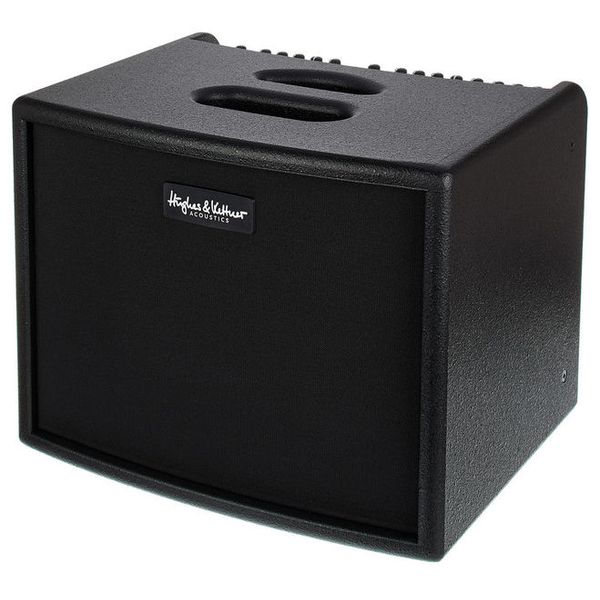
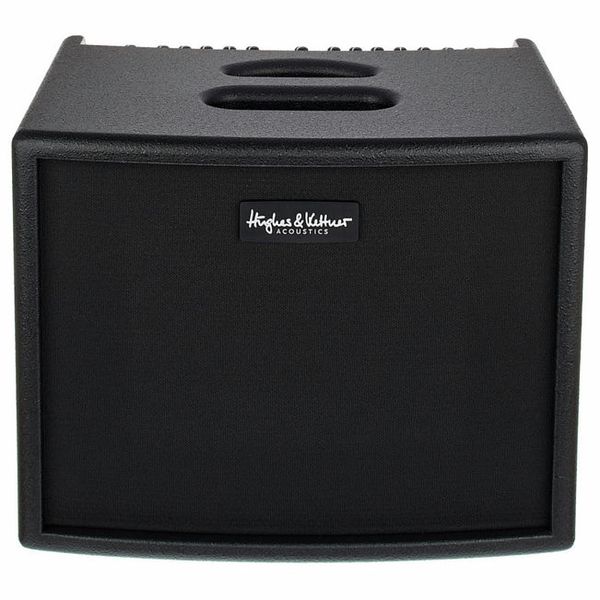
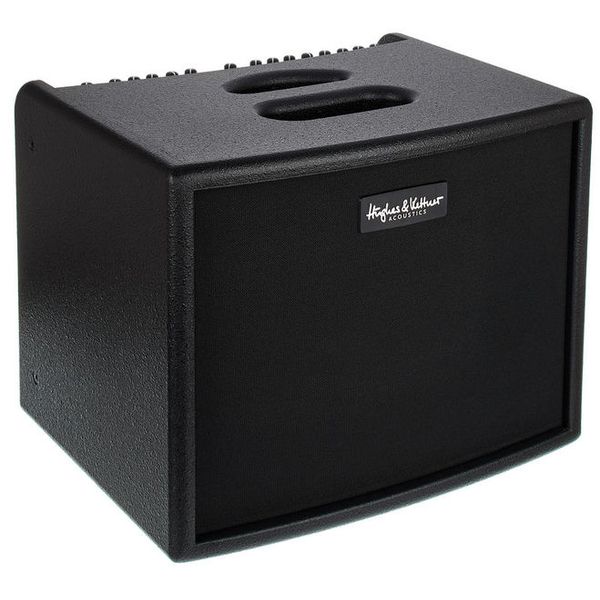
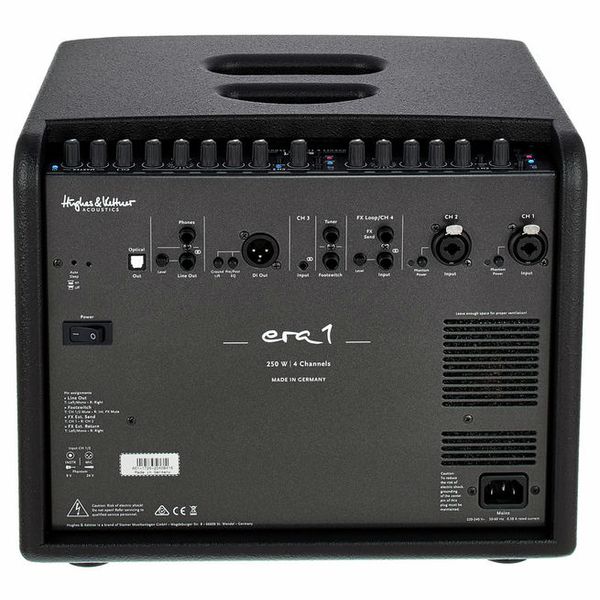
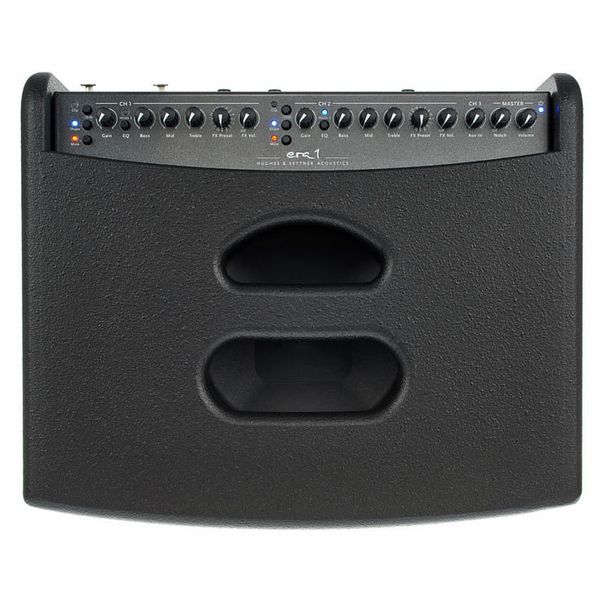
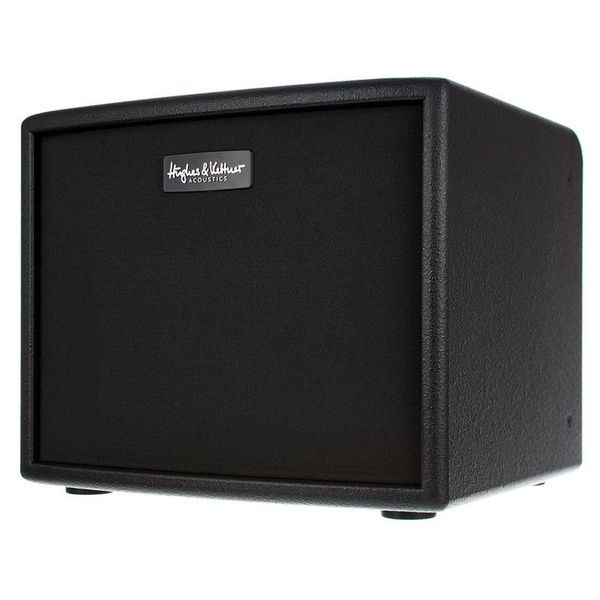
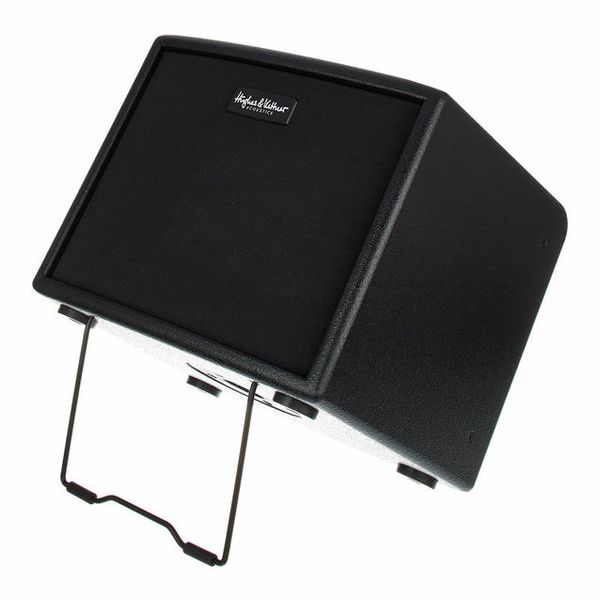
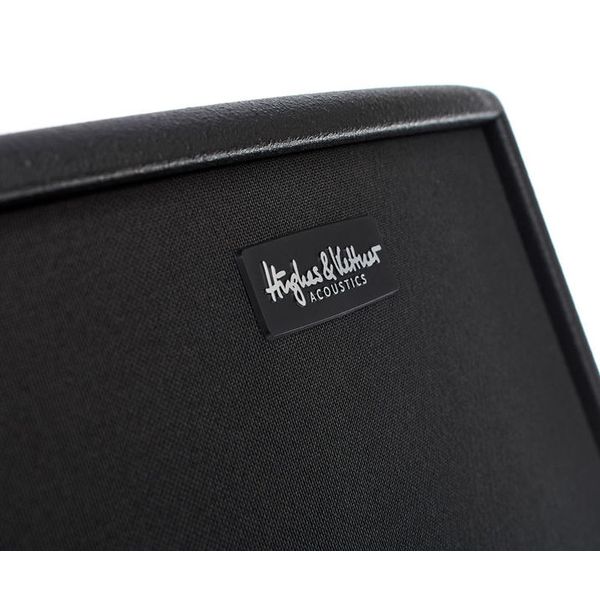
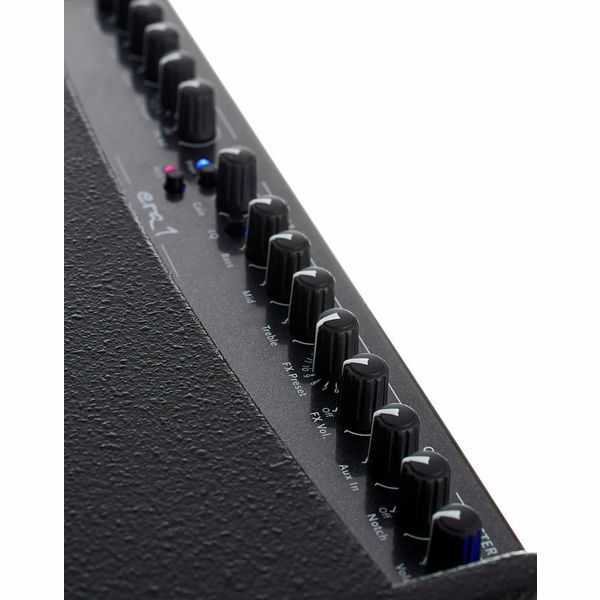
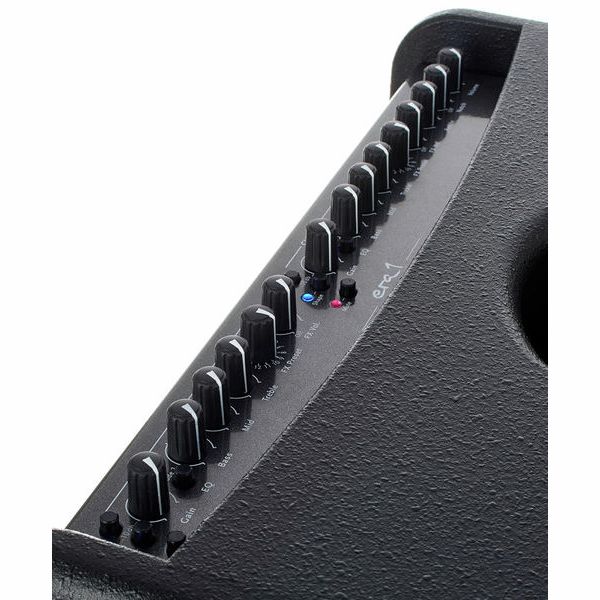
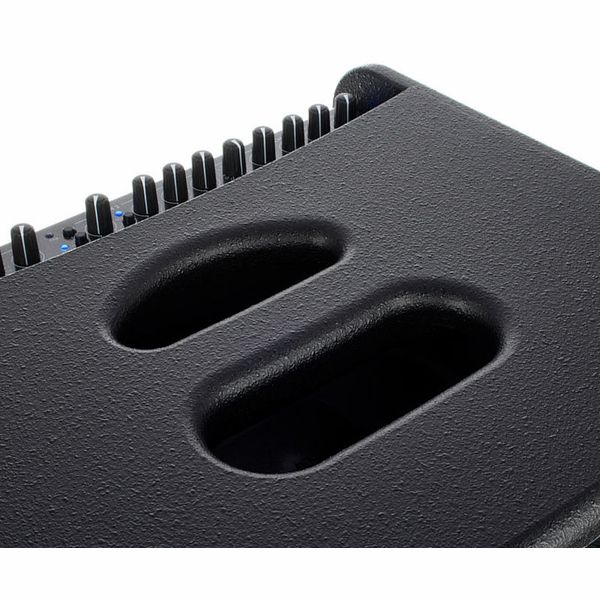
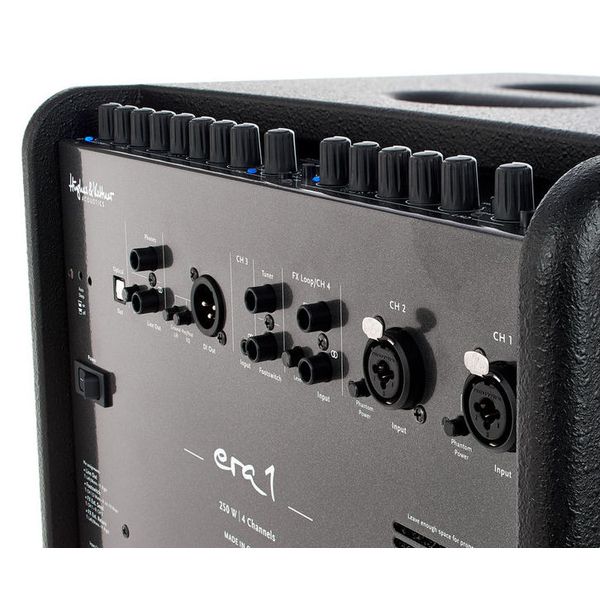
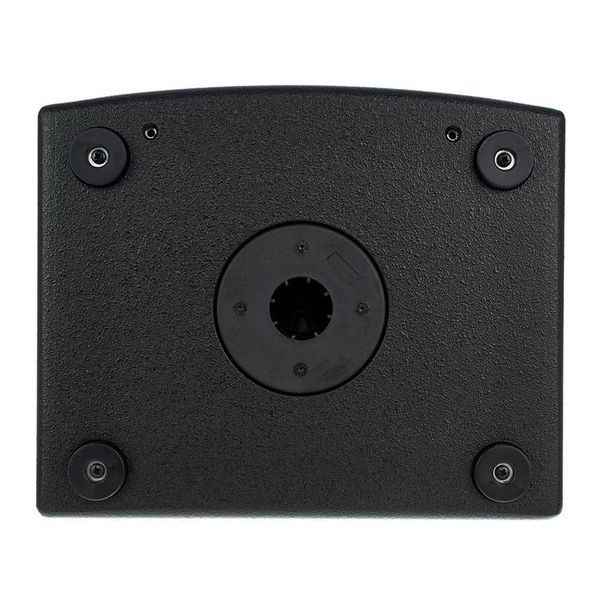
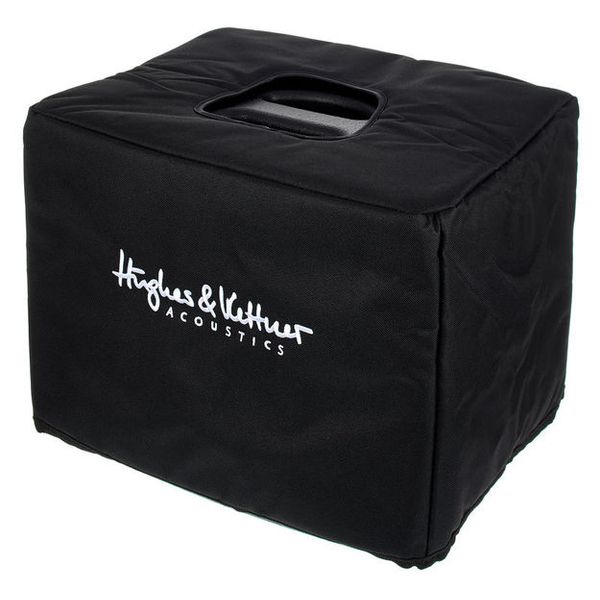














)
)
)



